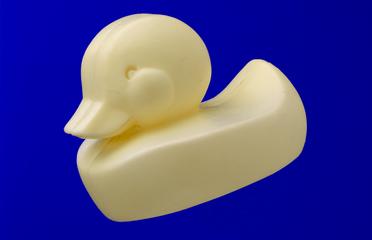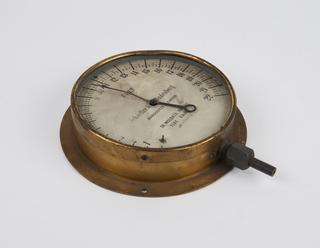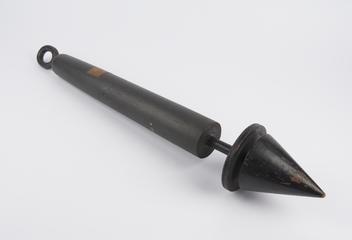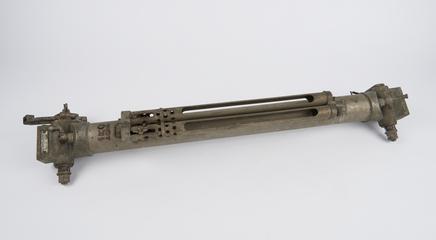
Copper case for modified Six’s thermometer by Negretti and Zambra, for taking temperatures at depth at sea, used aboard HMS Bulldog and HMS Porcupine




Copper case for maximum and minimum thermometer, designed by James Six and modified by instrument maker Negretti and Zambra for taking temperature measurements at sea, London, England, UK, about 1857. The thermometer’s bulb was enclosed within a glass sheath partly filled with mercury to relieve pressure on the inner bulb, so that the instrument could be used at depth. This thermometer was used in HMS Bulldog and HMS Porcupine in the North Atlantic. The case is a valved design patented in 1820 by the Glasgow maker Robert Jamieson.
Surveyors and navigators struggled to obtain accurate temperature readings from the deep sea because the pressure at depth rendered inaccurate the readings from conventional mercury thermometers.
In 1857 Admiral Robert Fitzroy (who established the Meteorological Office under the British government’s Board of Trade) and meteorologist James Glaisher suggested to the instrument making firm Negretti and Zambra that the Six thermometer be modified by enclosing its bulb within a glass sheath partly filled with mercury, to relieve pressure on the inner bulb. The Six thermometer had been invented in 1780 by James Six; its U-shaped glass tube with two separate temperature scales allowed the user to read off the maximum and minimum temperature achieved over a period of time.
Only 50 of the newly modified thermometers were made and they were issued to the hydrographic ships of the Navy. The prime disadvantage was that, though the thermometer registered minimum temperature, it was impossible to tell the depth at which this coldest water lay.
Details
- Category:
- Oceanography
- Object Number:
- 1876-818 Pt2
- Materials:
- copper (metal) and brass (copper, zinc alloy)
- type:
- case - container
- credit:
- Admiralty Hydrographic Department




